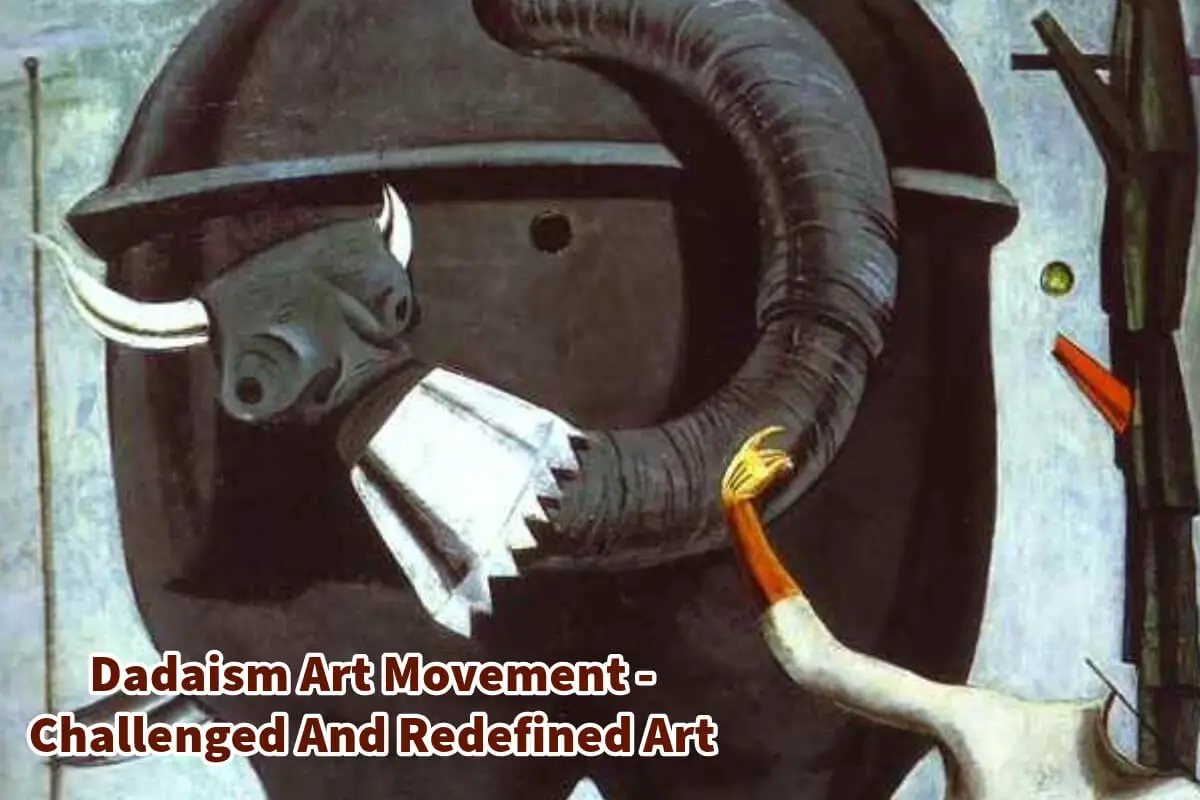Often overshadowed by more mainstream art movements, Dadaism holds a crucial place in art history as a movement that dared to redefine and challenge artistic norms.
Emerging in the early 20th century, this avant-garde movement was much more than a mere artistic trend; it was a cultural phenomenon that arose as a radical response to the socio-political upheavals of the era. Dadaism didn’t just contribute to the evolution of art; it boldly questioned and deconstructed the very bedrock of traditional artistic expression.
Table of Contents
- Dadaism: The Art Movement That Challenged And Redefined
- Top 10 Artists Of The Dada Movement
- Related Questions
Dadaism: The Art Movement That Challenged And Redefined
Dadaism, an avant-garde art movement, emerged in the early 20th century as a profound and radical response to the socio-political turmoil of its time. It was not just an artistic wave but a cultural phenomenon that questioned the very foundations of conventional art.
Read on as we explore the years and places of the Dada movement, its significance, and the context it emerged from, and highlight ten of its most influential artists and their works.
The Years And Geography Of Dadaism
Dadaism began circa 191, amidst the chaos of World War I, and lasted until the mid-1920s. It first sprouted in Zurich, Switzerland, a neutral center during the war, and swiftly spread to other cities like Berlin, Cologne, Paris, New York, and Hanover.
The movement’s geographical spread was crucial to its development, allowing it to draw on various cultural and political influences.
The Significance Of Dadaism
Dadaism is significant for its radical challenge to traditional art forms and its critique of societal and political conditions. The movement was a reaction against the horrors of World War I and the perceived failure of Western culture that had led to such catastrophic events.
Dadaists questioned long-established norms and values, both in art and in society, and their approach was characterized by deliberate irrationality and disdain for conventional aesthetic criteria.
Dadaism As A Reaction
The movement arose as a direct reaction to the brutality and senselessness of World War I. The Dadaists expressed their discontent with the nationalist and materialist values that, in their view, had led to the war.
Their art was intentionally anti-art, seeking to undermine the traditional concepts of beauty, order, and logic in art.
Top 10 Artists Of The Dada Movement
The Dadaism movement, a pivotal force in art, gave rise to numerous influential artists who profoundly shaped and challenged the realms of art and culture. Let’s delve into some of the most significant contributors in this transformative era.
1. Hugo Ball

Famous Work: “Karawane” (1916)
Hugo Ball was a crucial figure in the Dada movement. He is best known for his sound poem “Karawane,” which consists of nonsensical words.
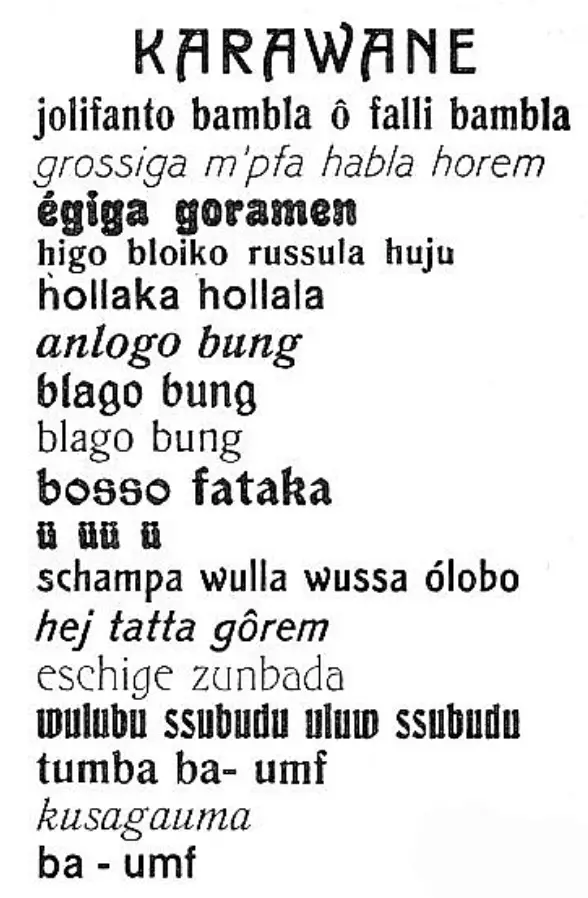
The poem reflects the Dadaist emphasis on the absurd and the meaningless, a direct contrast to the logical, reasoned language of the establishment.
2. Tristan Tzara

Famous Work: “Dada Manifesto” (1918)
Tristan Tzara, a Romanian poet and performance artist, was instrumental in the spread of Dadaism.
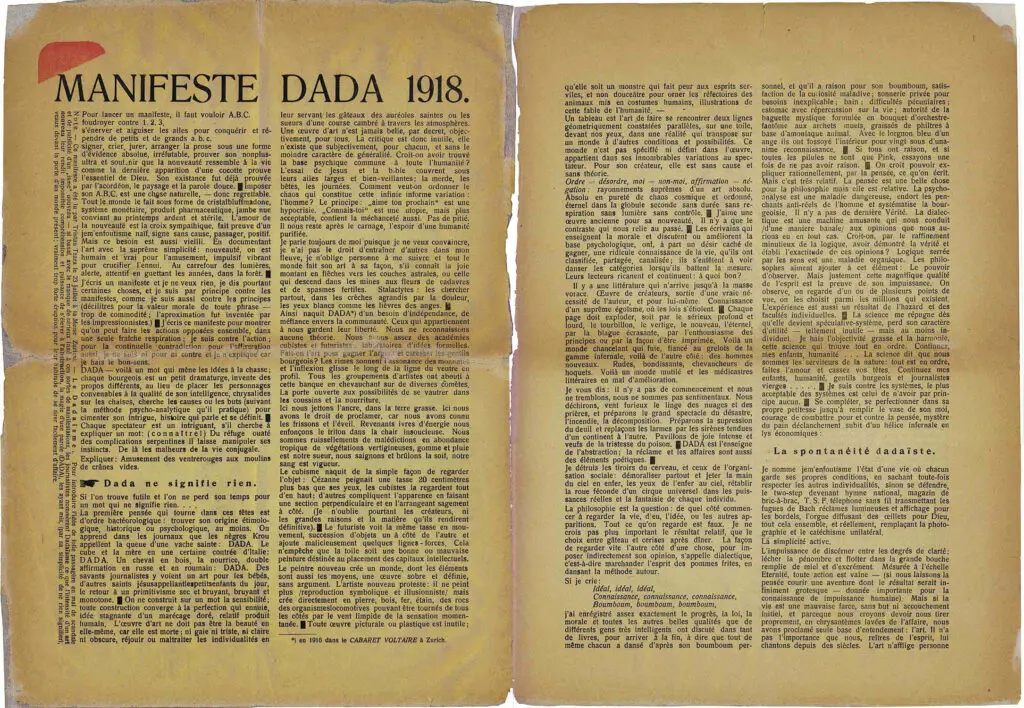
His “Dada Manifesto” encapsulates the spirit of the movement, advocating for chaos and irrationality as a protest against the conventional.
3. Marcel Duchamp
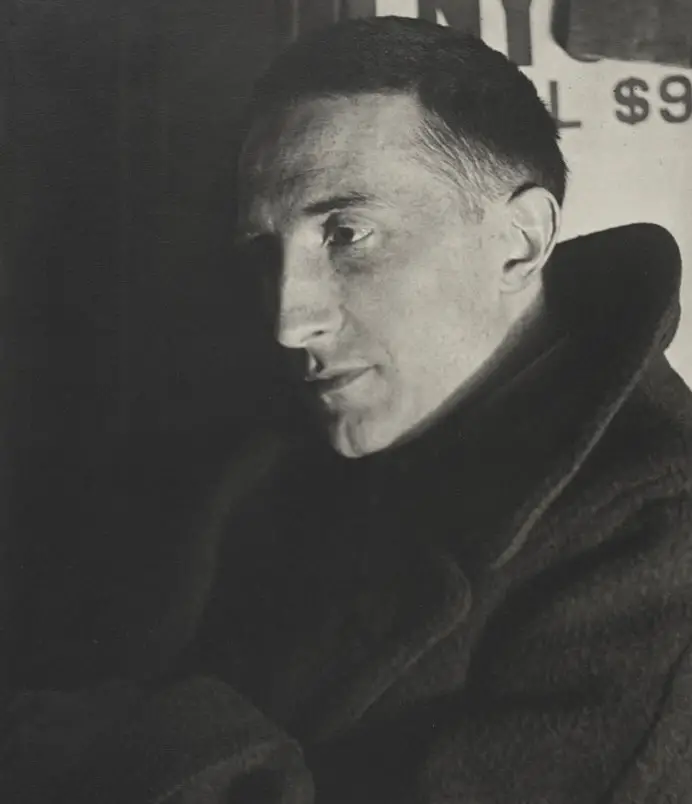
Famous Work: “Fountain” (1917)
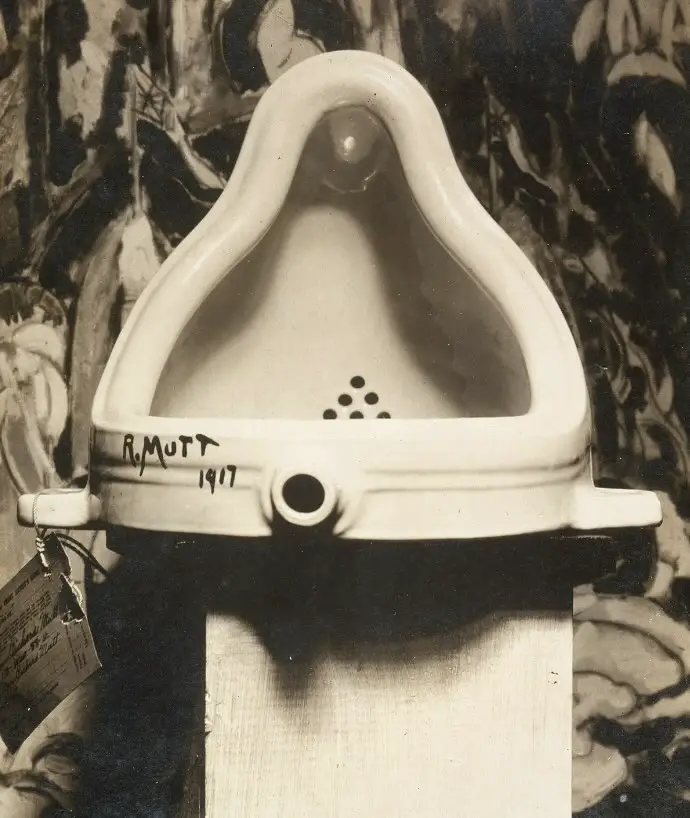
Marcel Duchamp was perhaps the most influential Dada artist. His work “Fountain,” a porcelain urinal signed “R. Mutt,” challenged the very definition of art and remains a landmark in 20th-century art.
4. Hans Arp
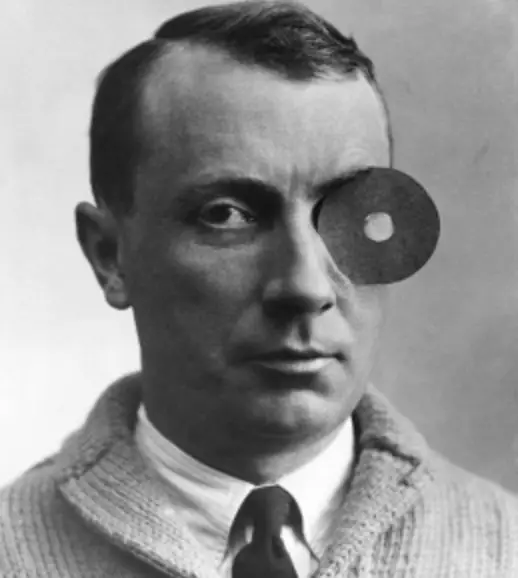
Famous Work: “Collage with Squares Arranged According to the Laws of Chance” (1916-17)
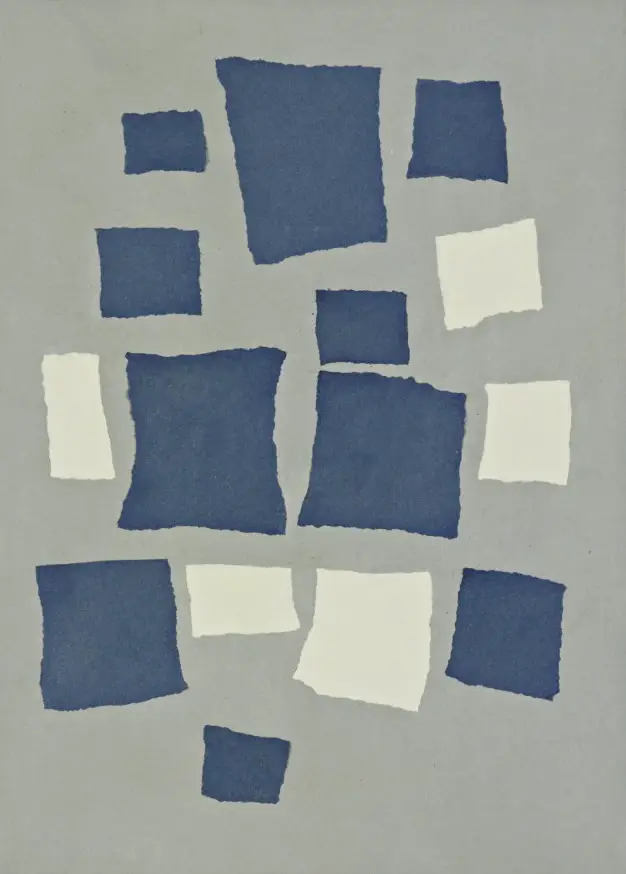
Hans Arp was a German-French artist known for his abstract collages and sculptures. His work often employed chance as a way to defy artistic norms and logic.
5. Man Ray
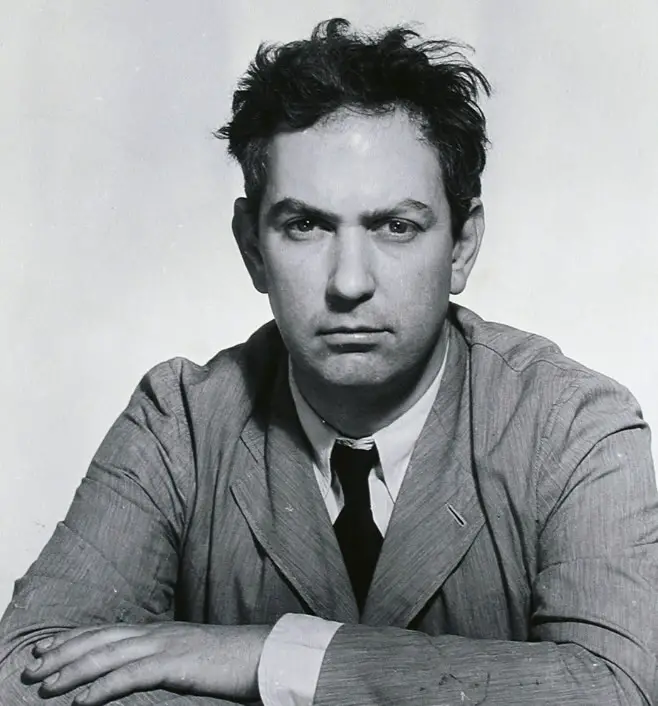
Famous Work: “Le Cadeau” (1921)

Man Ray, an American visual artist, significantly contributed to Dada and surrealism. His work “Le Cadeau,” an iron with nails, is an excellent example of Dada’s subversive humor.
6. Francis Picabia

Famous Work: “L’Oeil Cacodylate” (1921)
Francis Picabia was a French painter, poet, and typographist whose work ranged from abstraction to surrealism.
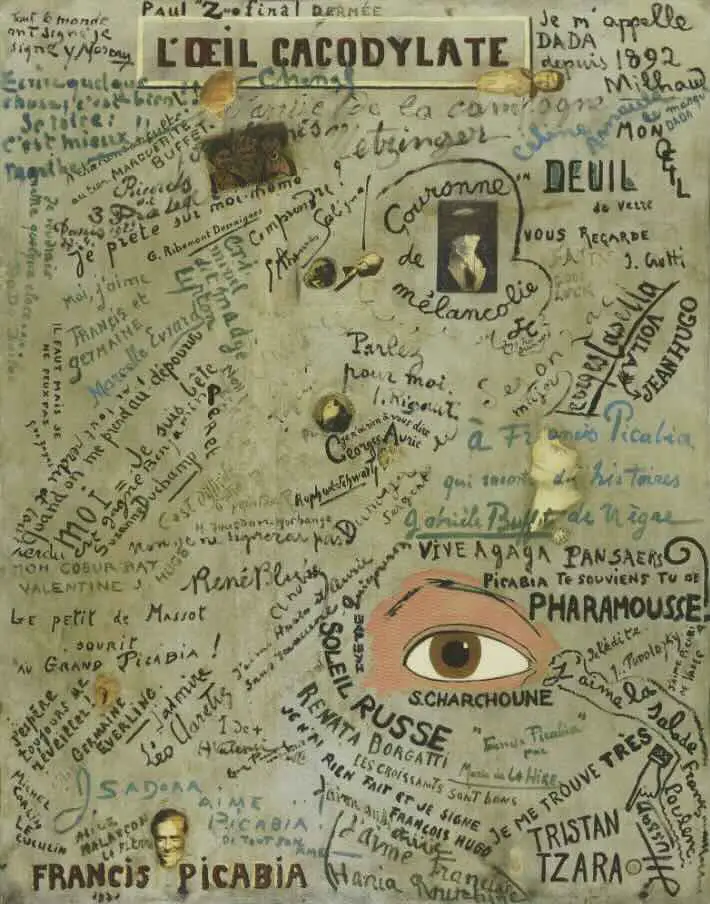
“L’Oeil Cacodylate” is a large painting covered with inscriptions and drawings, exemplifying Picabia’s eclectic and satirical approach.
7. Sophie Taeuber-Arp
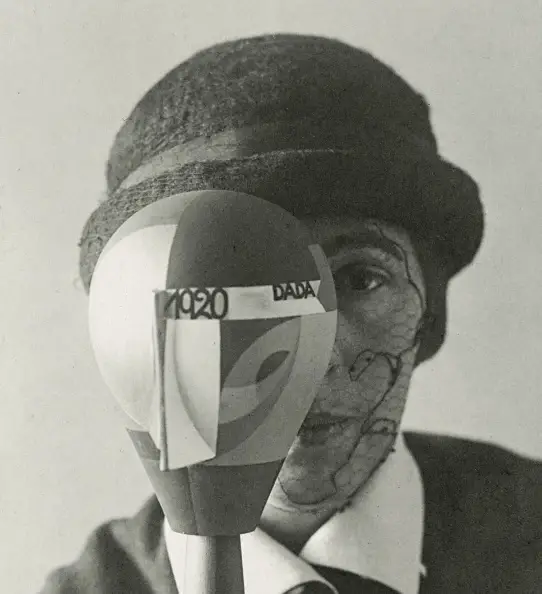
Famous Work: “Dada Head” (1920)

Sophie Taeuber-Arp was a Swiss artist, painter, and sculptor known for her textile and graphic design works. Her “Dada Head,” a sculptural piece, reflects the movement’s interest in redefining art.
8. Raoul Hausmann
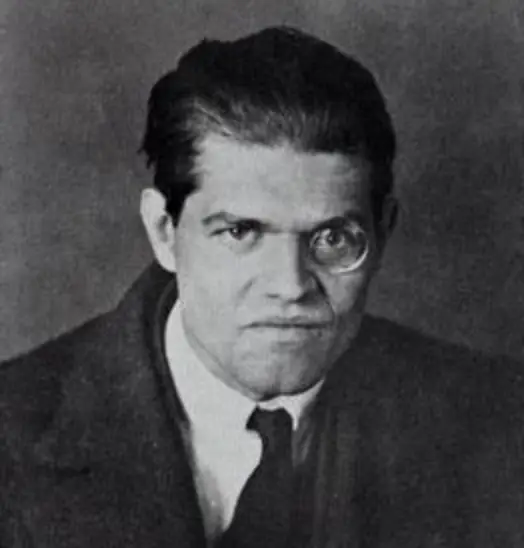
Famous Work: “Mechanical Head (The Spirit of Our Time)” (1920)

Raoul Hausmann was an Austrian artist and writer known for his photomontages and assemblages. “Mechanical Head” symbolizes modern society’s mechanization and loss of individuality.
9. Kurt Schwitters
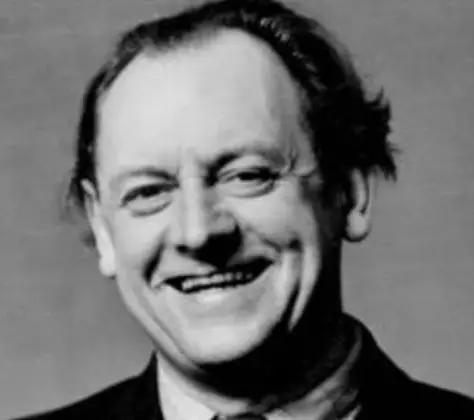
Famous Work: “Merz Picture 32 A. The Cherry Picture” (1921)
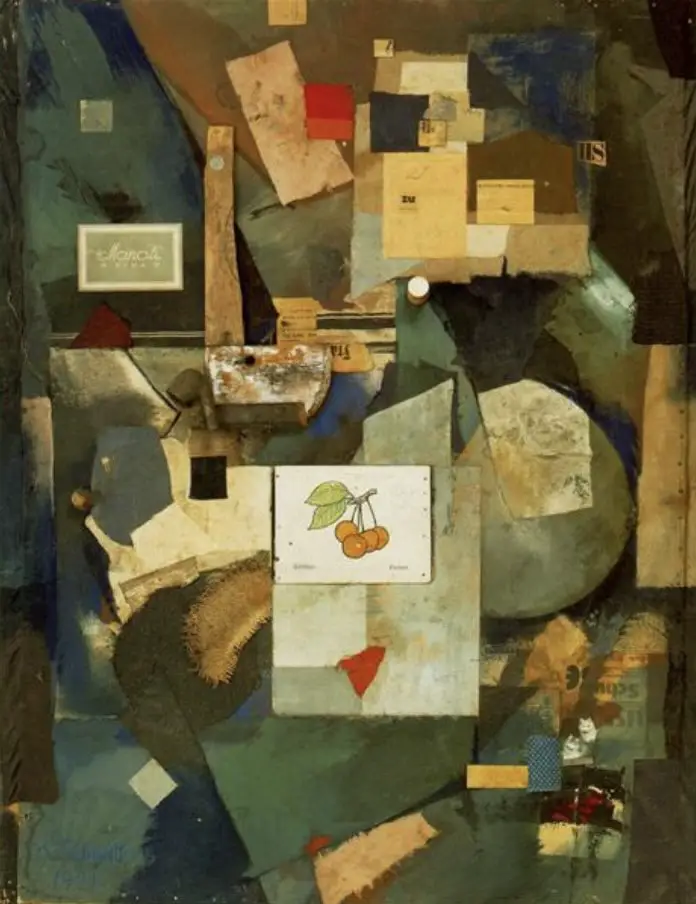
Kurt Schwitters was a German artist known for his unique “Merz” concept, which incorporated found objects. “Merz Picture 32 A” is a prime example of his assemblage technique.
10. Max Ernst
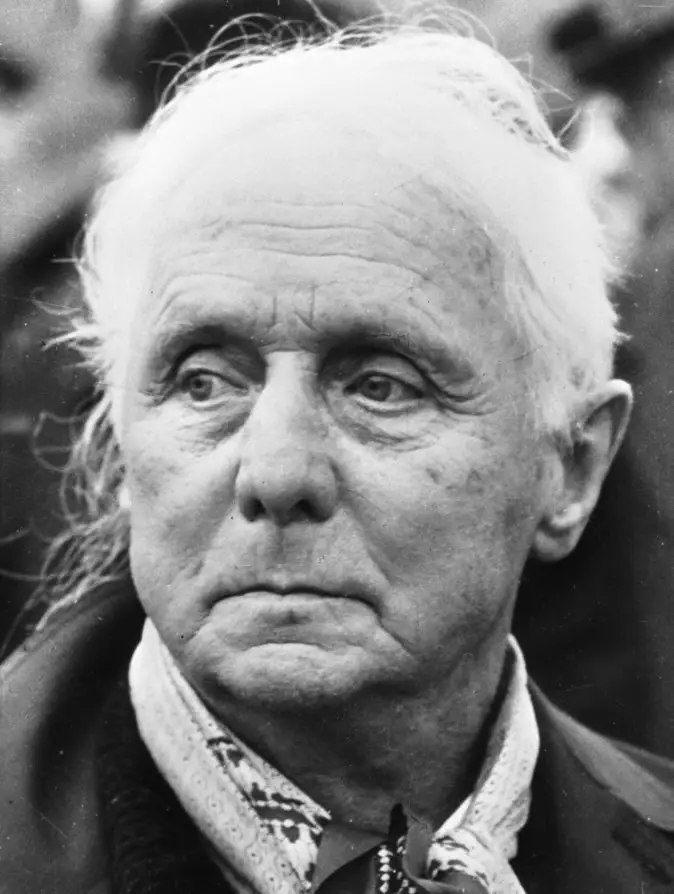
Famous Work: “The Elephant Celebes” (1921)
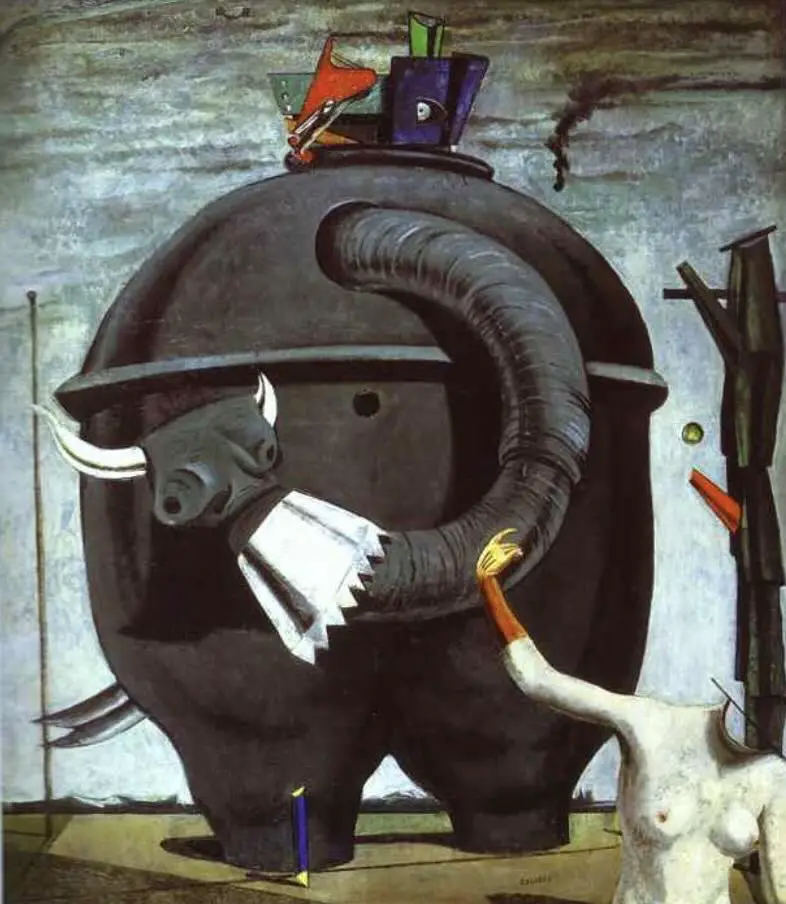
Max Ernst, a German painter and sculptor, was associated with Dada and Surrealism. “The Elephant Celebes” combines surrealism’s vivid dreamlike quality with Dada’s nonsensical absurdity.
The Dada movement, though short-lived, left an indelible mark on the world of art and culture. It was more than just an artistic style; it was a protest and a philosophical stance against the prevailing norms of the time.
The artists of Dadaism, through their groundbreaking and often provocative works, opened up new avenues for expression and set the stage for future avant-garde movements. Dada’s legacy inspires and challenges the conventional understanding of art and creativity.
Anita Louise Art is dedicated to art education, great artists, and inspiring others to find and create their art. We love art that uplifts and inspires. #ArtToMakeYouSmile! #ArtToMakeYouHappy!
If you want to see any of my art, you can find out more by clicking here. If you are interested in what inspires me and my paintings, you can discover more by clicking here.
We have a free newsletter and would love you to be part of our community; you can subscribe to the newsletter by clicking here. If you have any questions, I would be happy to talk to you. You can reach me, Anita, by clicking here.
Subscribe to our Anita Louise Art YouTube Channel filled with great videos and information by clicking here.
Join us for our podcast “5 Minutes With Art.” Spend just 5 minutes a week with us to discover and learn about great art and artists. You can find out more about our podcast by clicking here.
Related Questions
Where Can I See Some Frank Lloyd Wright Houses?
Nestled away on West Burnham Street in Milwaukee. Wisconsin is a hidden jewel of Frank Lloyd Wright’s architecture. One block of West Burnham Street has some duplexes, and houses were all designed by Frank Lloyd Wright, specifically for the time’s working classes. Today, all those structures on West Burnham Street in Milwaukee still testify to this great architect.
You can read more by checking out the blog Frank Lloyd Wright’s American System-Built West Burnham Street Homes by clicking here.
Who is the Artist Carl Heinrich Bloch?
One of Denmark’s greatest artists, Carl Bloch, almost did not become an artist. His parents wanted him to join the Navy, but he was obsessed with art and became artistically gifted early in life. Throughout his life, he painted many vital paintings. One of his most crucial art commissions was to paint 23 scenes from the life of Christ at the Frederiksberg Castle in Denmark. Later in life, he became a very skilled printmaker. Carl Bloch was married and had eight children. Both Carl and his wife Alma died relatively young.
You can read more about Carl Bloch by reading our blog entitled 18 Facts About The Artist Carl Heinrich Bloch (1834 – 1890) by clicking here.
What Are The Characteristics Of The Arts And Crafts Movement?
The Arts and Crafts movement started in Britain and swept over Europe and the United States. The movement started to become both famous and very influential in the late 19th century and changed how many artists worldwide viewed their art. It also changed how artists saw the design of their artwork, buildings, fabrics, wallpaper, parks, cities, and objects in their homes and offices.
You can learn more by reading What Are The Characteristics Of The Arts And Crafts Movement? by clicking here.

